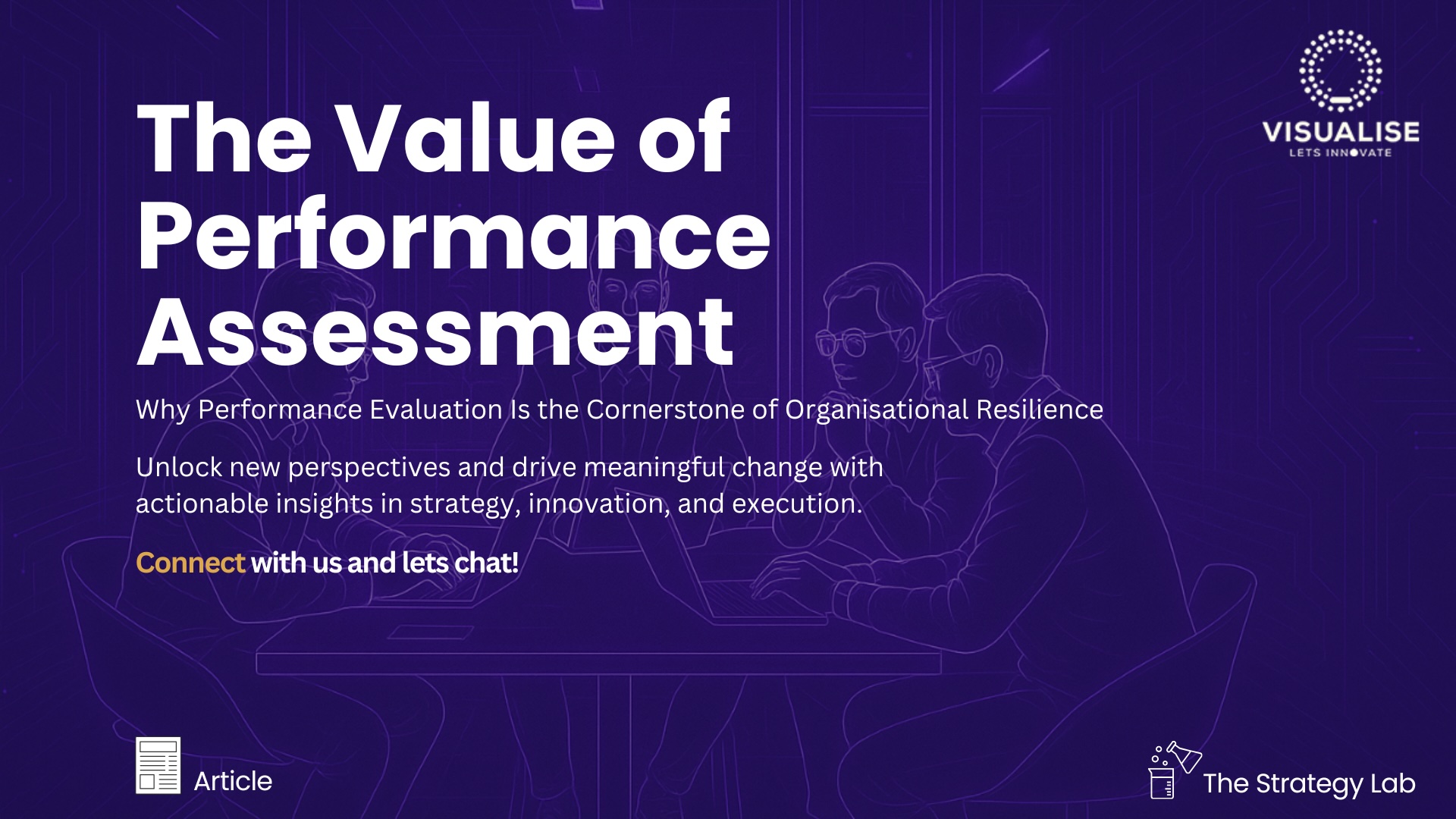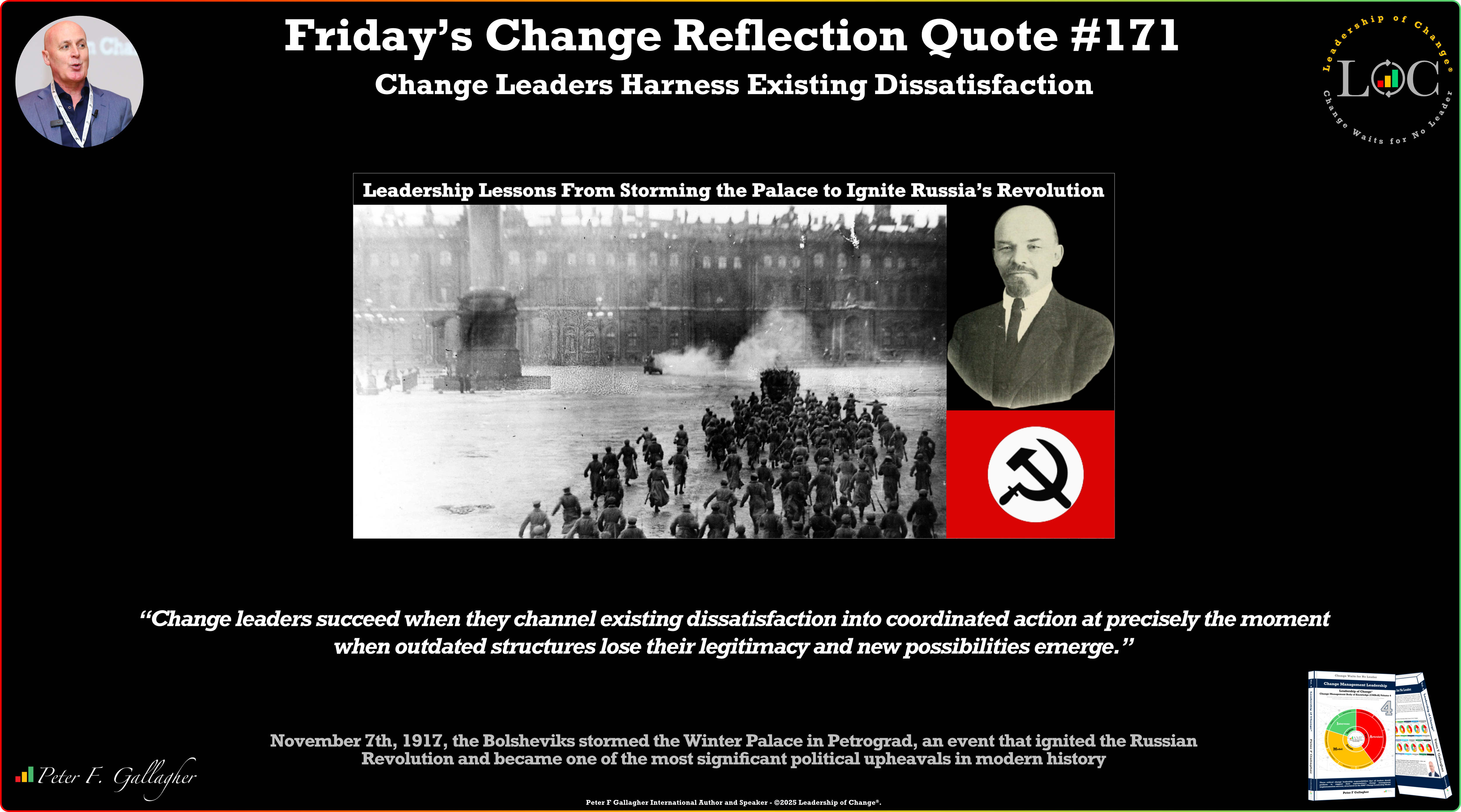Dec04

The road to agile transformation is more treacherous than many anticipate. A recent study highlights a sobering reality: nearly half of all attempts to implement agile practices across businesses fail, with two-thirds of these failures being irrevocable.
Despite these alarming statistics, every example of successful implementation of agile in IT could be a model for other business areas. It's not just about adopting new processes; it's about nurturing a mindset geared towards delivering consistent value and being agile enough to change course when needed.
It’s a fascinating concept, really, because what’s at the heart of agile isn’t just a set of practices or tools — it’s a mindset focused on delivering consistent value and being ready to pivot when you realize your current path isn’t hitting the mark.
Here’s the kicker: it’s less about the agile ceremonies and rituals we’ve come to know, and more about a few critical elements
This is all about understanding what you’re creating and how it can be improved and expanded, piece by piece, in manageable, short bursts. Think of it like building a puzzle — one piece at a time, but with a clear picture of the end goal.
Every project needs a captain of the ship, someone who’s not just keeping an eye on things but is actively steering the course. This person shoulders the responsibility for the project’s outcome. They’re the go-to person, the one making the tough calls.
The title — be it product owner, sponsor, business owner, principal, or any other — doesn’t matter as much as the authority that comes with it. This individual needs the power to make decisions, right then and there, without having to wait for another meeting with the ‘real’ decision-makers.
These three factors are the pillars of what I call small-”a”-agile: an adjective, not a noun; a set of capabilities to be cultivated, not a one-size-fits-all recipe to achieve them.
The second point about ownership and responsibility, in particular, resonates with the traditional role of a project manager. It’s about translating the big picture — the investment logic — into actionable, value-driven steps. And the other way around: help the individual teams see their contribution to the big picture (the “project product”), while staying true to the core mission of their function (their “team product”).
Incremental delivery is the name of the game, where each step brings tangible value.
In short, agility in business, much like in IT, is about adapting, delivering, and evolving effectively. It’s a journey of continuous improvement, not just in what we deliver but in how we think about and approach our work.
By Fabio Turel
Keywords: Agile, Project Management, IT Strategy
 The Value of Performance Assessment
The Value of Performance Assessment The Digital Commons — From Noise to Wisdom
The Digital Commons — From Noise to Wisdom Friday’s Change Reflection Quote - Leadership of Change - Change Leaders Harness Existing Dissatisfaction
Friday’s Change Reflection Quote - Leadership of Change - Change Leaders Harness Existing Dissatisfaction The Corix Partners Friday Reading List - November 7, 2025
The Corix Partners Friday Reading List - November 7, 2025 The Trust Deficit in Change Programmes
The Trust Deficit in Change Programmes